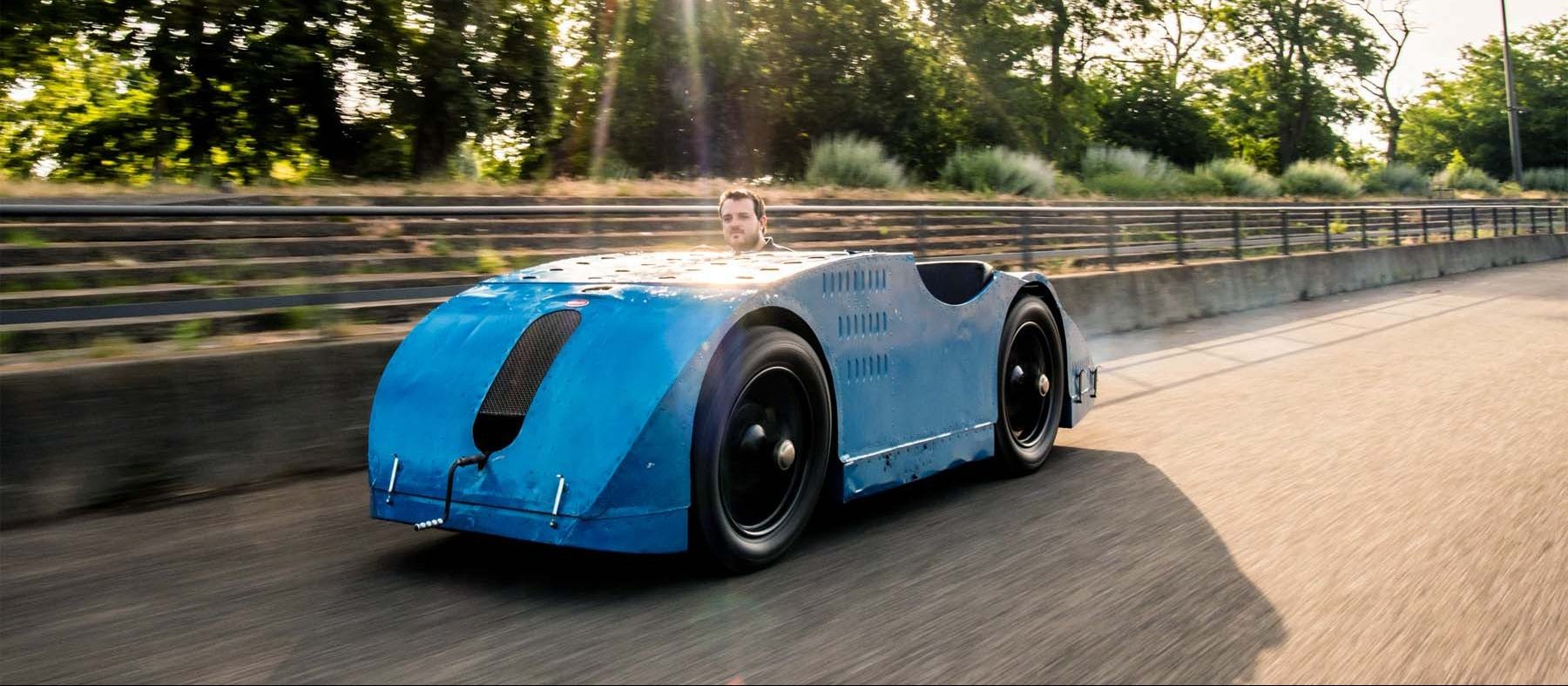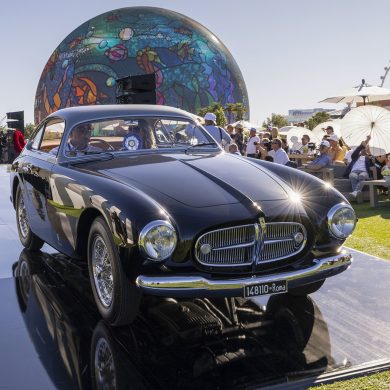A pioneering figure in the world of motorsport commemorates a significant milestone: the centennial anniversary of the groundbreaking Bugatti Type 32 ‘Tank’.
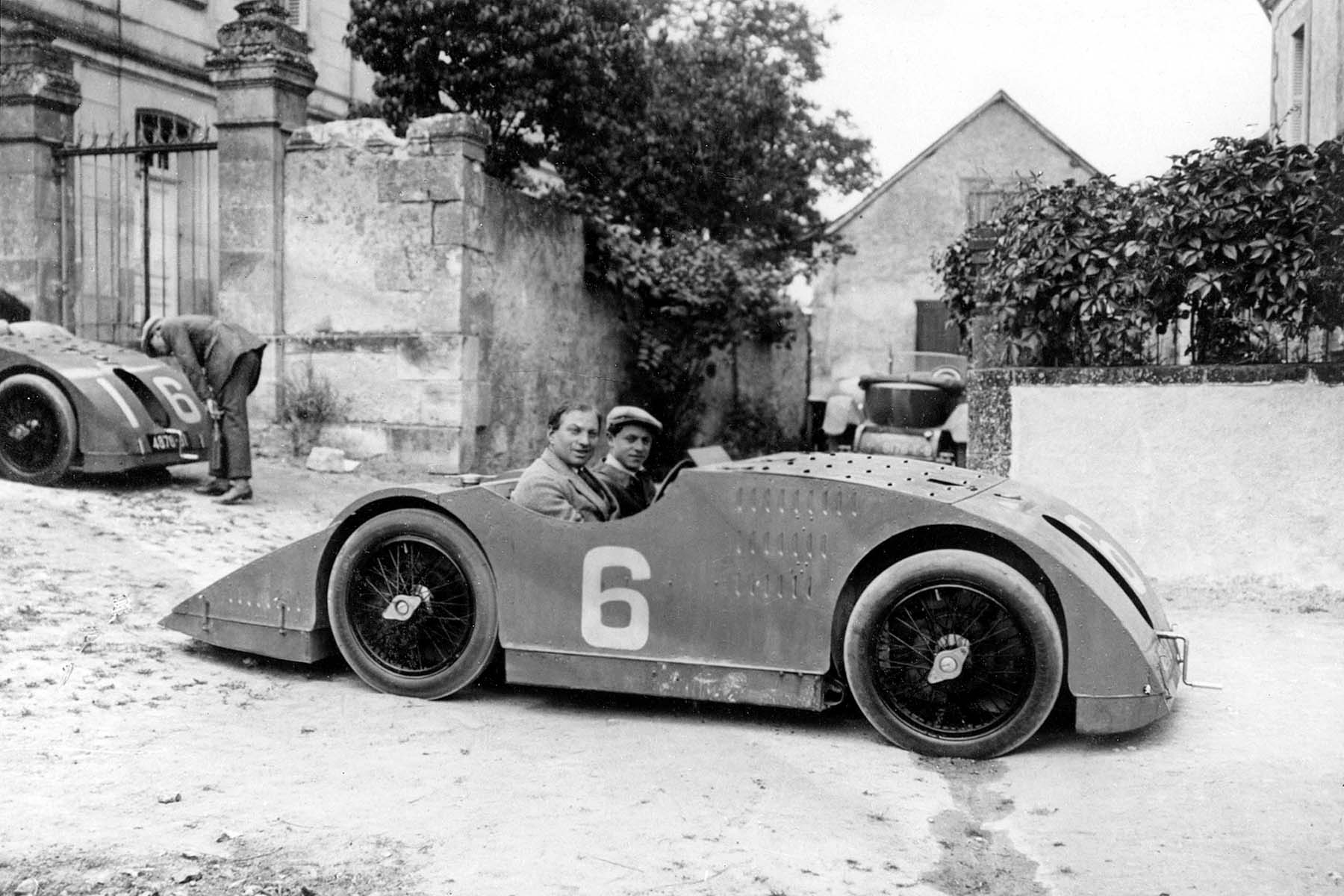
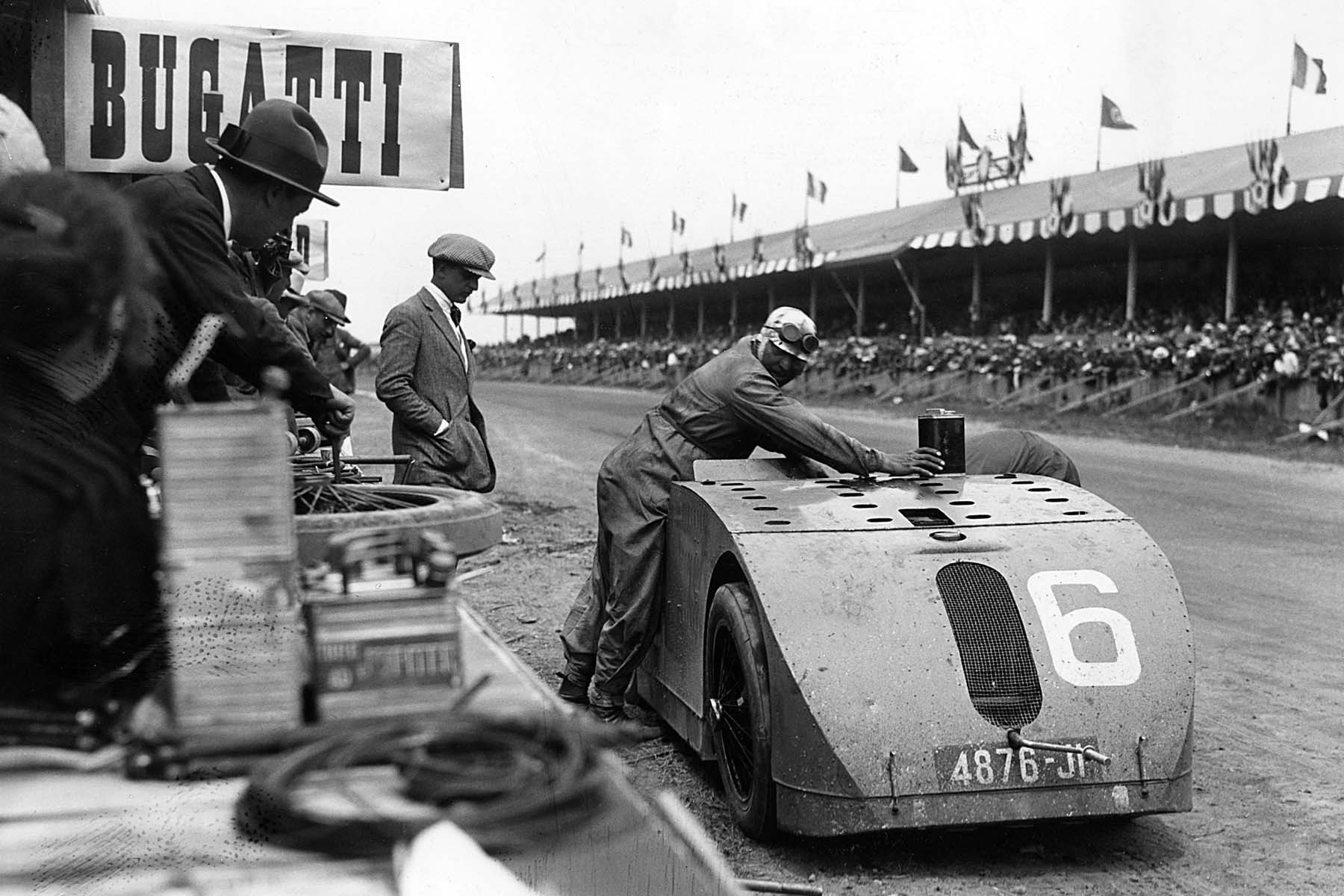
Streamlined innovation
Bugatti is renowned worldwide for its visionary engineering and ingenious designs, and today the brand celebrates the official 100th anniversary of the racing debut of one of its most innovative vehicles: the Type 32 ‘Tank’. This streamlined racing car laid the groundwork for aerodynamic advancements in motorsport, earning its nickname not only for its distinctive shape but also for its visible rivets and bolts.
The momentous occasion took place during the French Grand Prix on July 2, 1923, in the charming city of Tours, located in the picturesque Loire Valley. Approximately 300,000 spectators gathered to witness an event filled with high-octane excitement featuring a range of cutting-edge race cars. However, the car that captured the most attention was the audacious machine that showcased the genius of Ettore Bugatti and his unwavering commitment to defying conventions in pursuit of improvement.
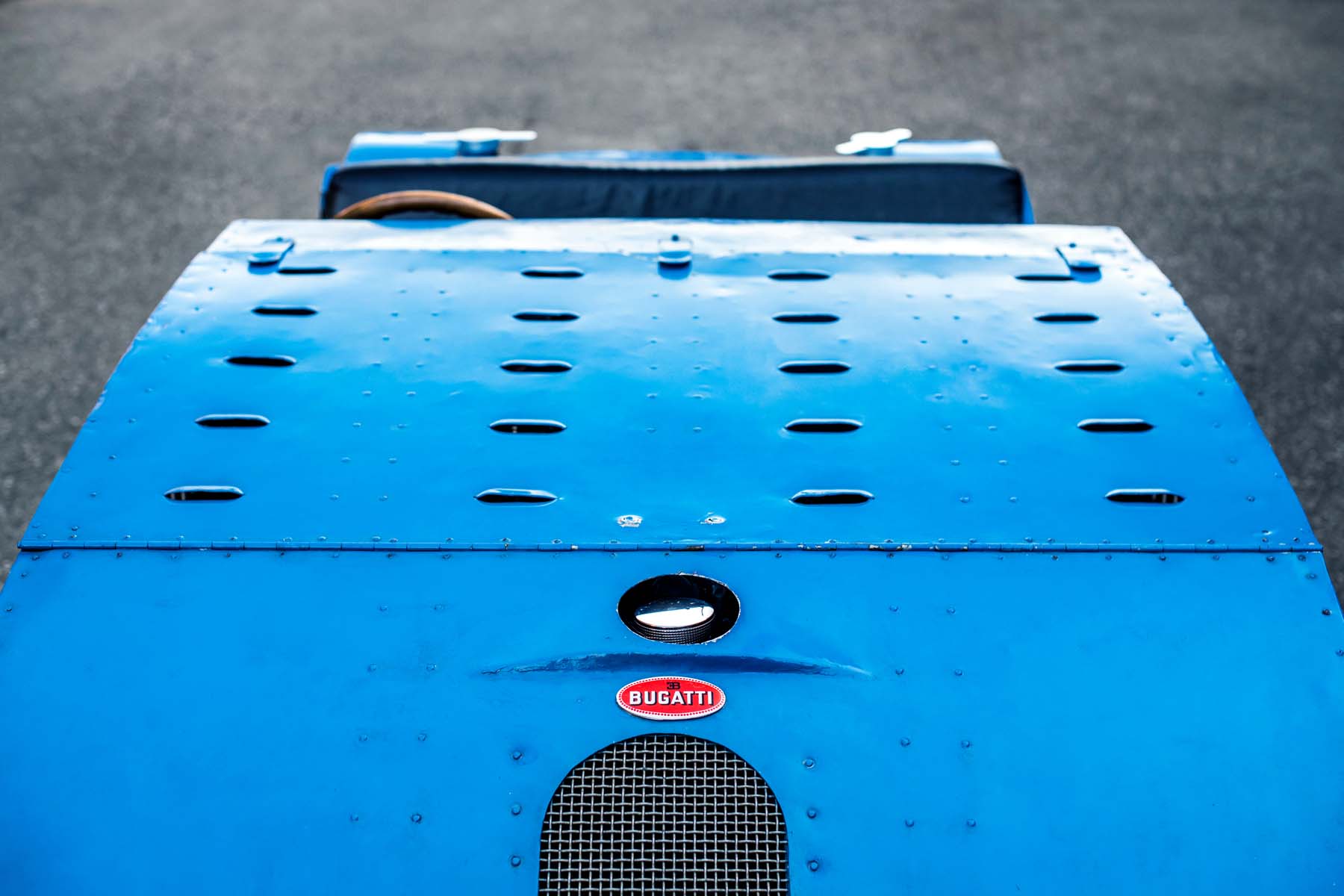
Type 30 foundation
What immediately captivated onlookers about the streamlined Type 32 was its airplane-inspired, wing-shaped body. This was a testament to Bugatti’s belief that advanced aerodynamics would increasingly play a crucial role in enhancing racing car performance. While its underlying structure was heavily based on the Type 30, equipped with a 2.0-liter eight-cylinder engine generating around 90 PS, the distinctive fairing, relatively short wheelbase, and narrow track set it apart from its counterparts on the grid, causing a stir among fans in attendance.
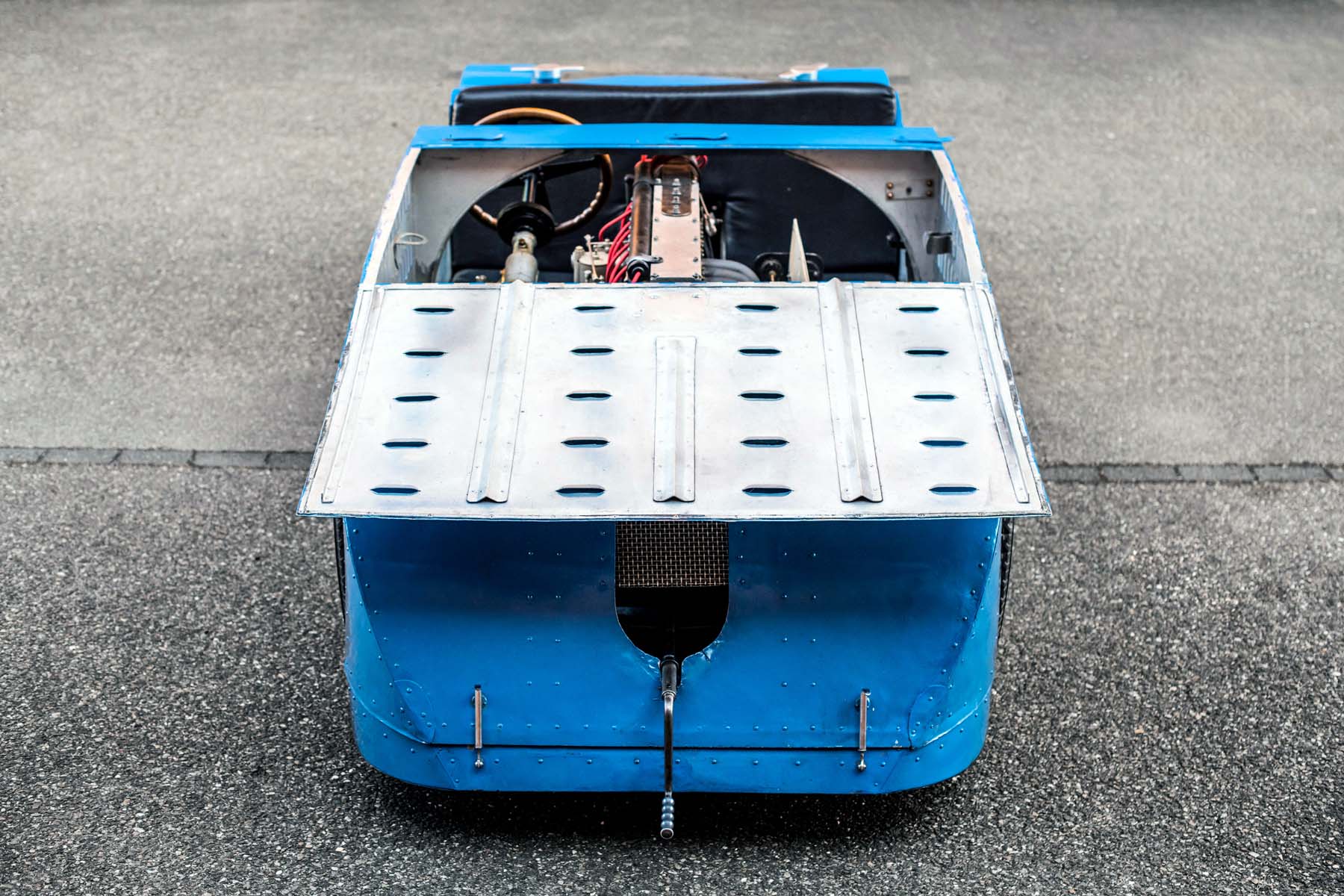
The Type 32 benefited from numerous innovative engineering solutions, techniques, and designs. It featured an underslung chassis and front hydraulic brakes, while a three-speed and reverse transaxle transmission added to the sense of adventure. Unsurprisingly, this unorthodox car, with its dramatically idiosyncratic appearance, became the center of attention, standing out amidst a lineup of racers that adhered to widely used and instantly recognizable design norms prevalent in motorsport at the time.
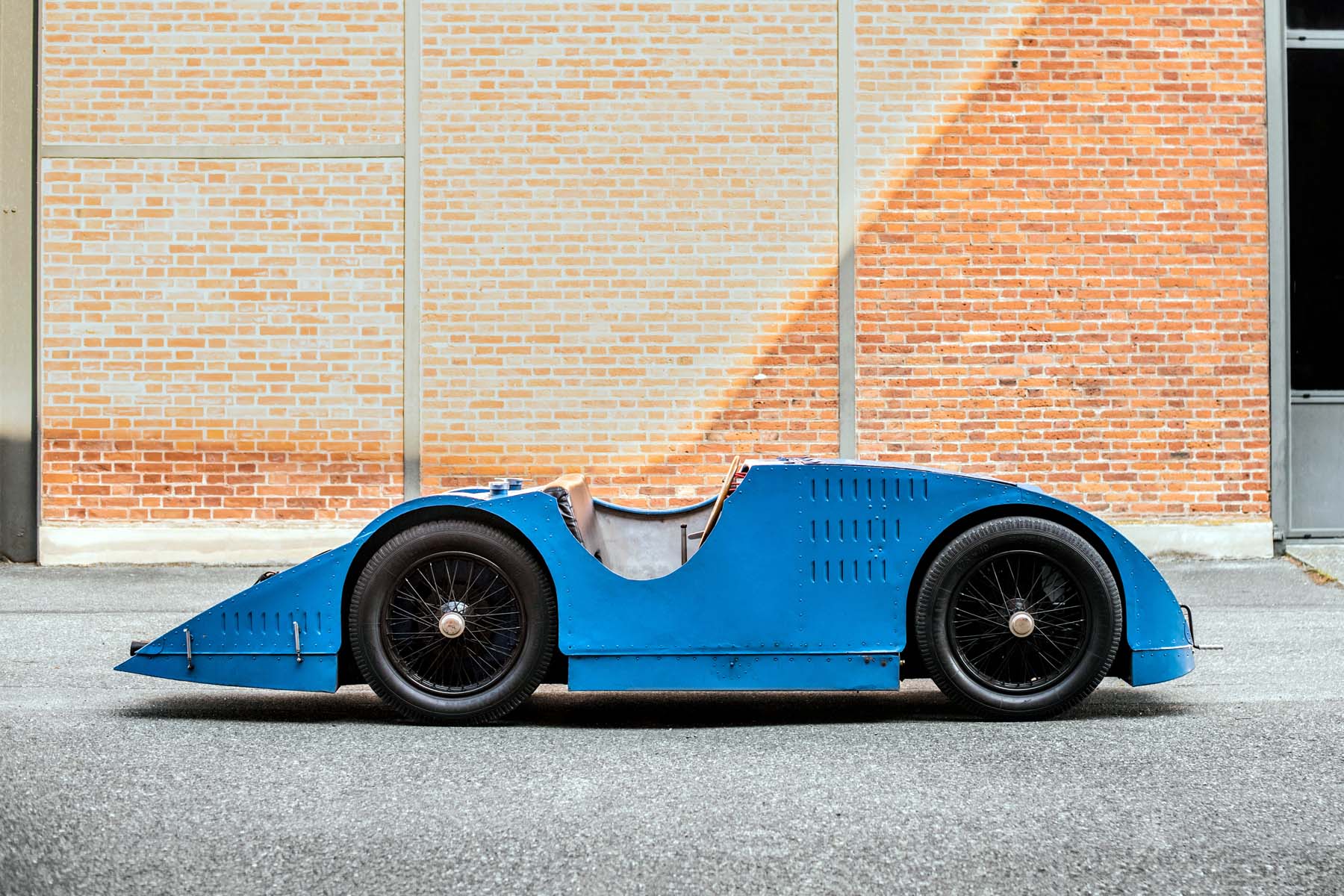
Five built
A total of five Type 32s were produced, including a prototype and four cars that participated in the Grand Prix. The race consisted of a grueling 35 laps around the 22.83-kilometer circuit, encompassing public roads, and totaling just under 800 kilometers. Among these four cars, the most successful was driven by French racer Ernest Friderich, who secured third place, completing the race in seven hours and 22.4 seconds at an average speed slightly exceeding 112 km/h. It was an admirable achievement for the Type 32, but its appearance in Tours would mark its sole Grand Prix appearance as Bugatti shifted its focus to developing the iconic Type 35. This legendary Bugatti model introduced many new ideas, including the introduction of alloy wheels, and enjoyed tremendous success, ultimately winning the Grand Prix World Championship in 1926.
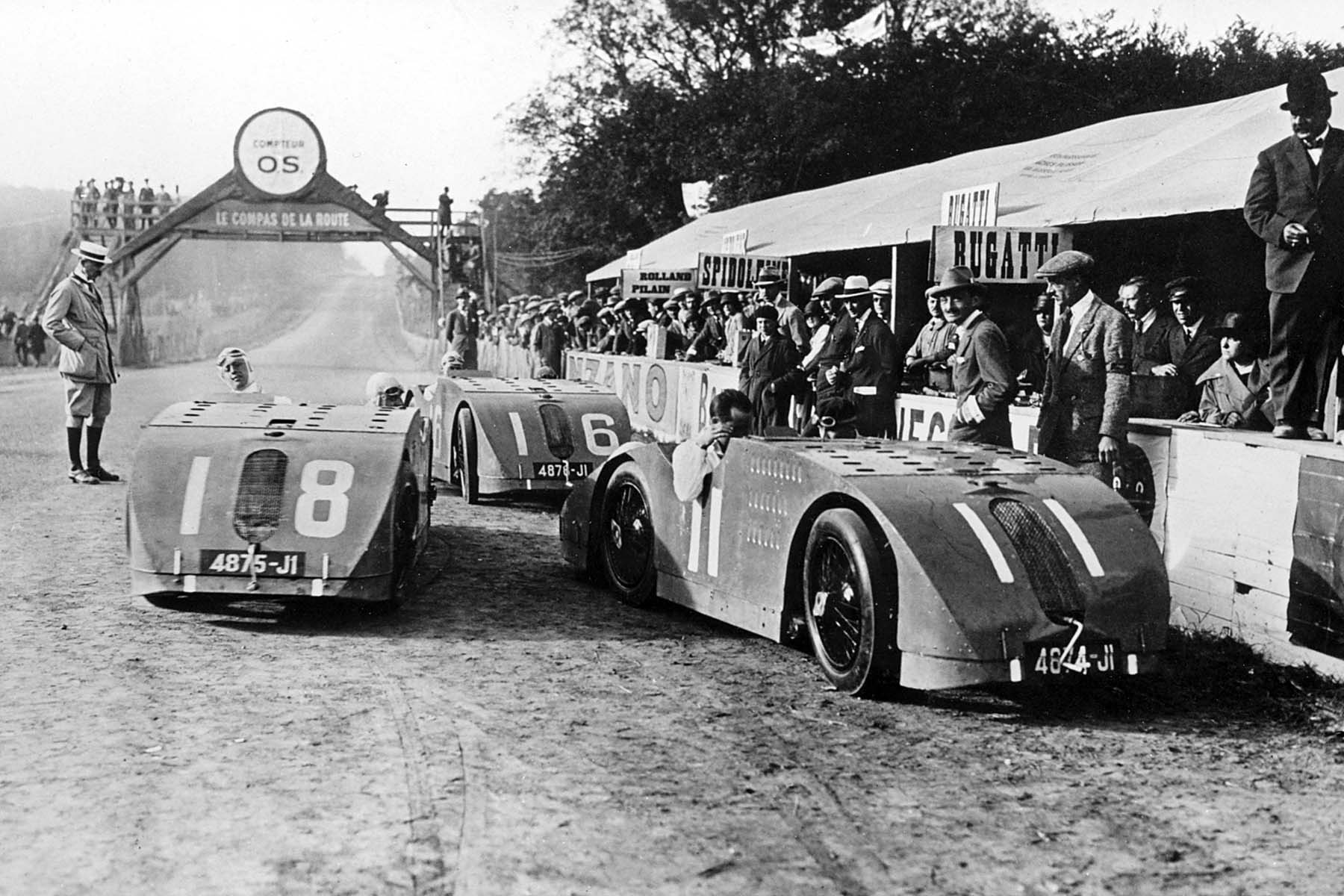
Type 32 successor: 57G
Despite its brief career in Grand Prix racing, the Type 32 proved to be an invaluable endeavor for Bugatti, with many of the lessons learned yielding significant dividends. Notably, the conviction that aerodynamic efficiency could play a pivotal and decisive role was conclusively proven in another race car that earned the ‘Tank’ nickname due to its streamlined, enclosed body: the 57G. This vehicle dominated endurance racing during the illustrious 1930s, securing victories in the 1936 French Grand Prix and notably at Le Mans in 1937. These triumphs demonstrated that Ettore Bugatti’s vision, first realized in the 1923 Type 32 ‘Tank’, had been vindicated.
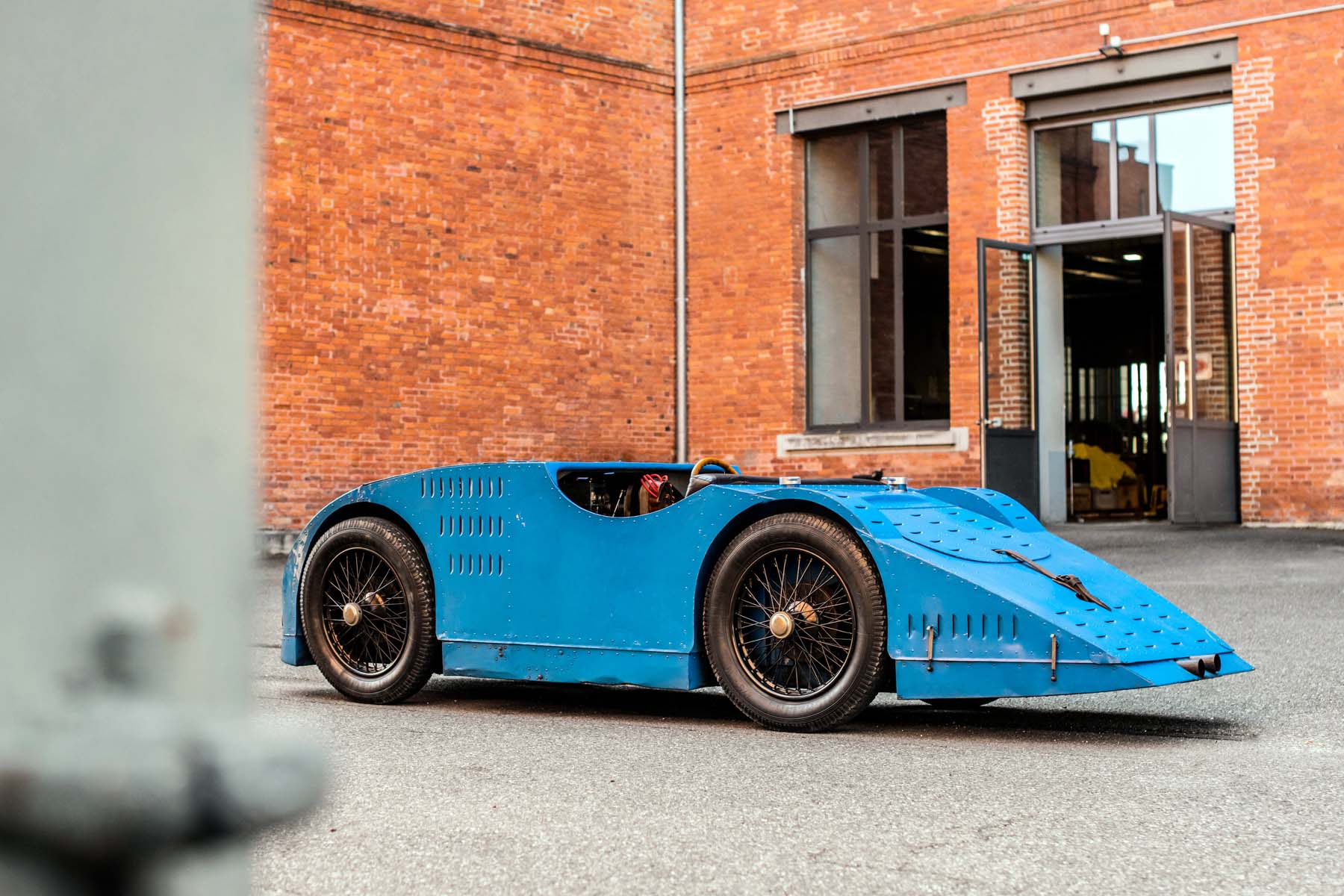
To this day, the Type 32 remains instantly recognizable to many motorsport enthusiasts as an iconic and innovative creation by Bugatti.
Original Story from Bugatti Newsroom HERE. All photos courtesy © 2023 Bugatti.


